Quick Links
In today’s digital age, social media plays a crucial role in a business’s marketing strategy. Companies use social media to engage with their audience, promote products, and build brand awareness.
However, to truly understand if your efforts are paying off, you need to know how to measure social media success accurately.
This involves tracking various metrics and evaluating their impact on your business goals.
In this blog post, we will explore how to measure social media success with key metrics and discuss the most important indicators to focus on.
Understanding Social Media Metrics
To measure social media success, it is essential first to understand what social media metrics are. Social media metrics are quantitative data points that help you assess the performance of your social media activities. These metrics offer insights into how well your content resonates with your audience and how effectively you are achieving your social media goals.
Key social media performance metrics include engagement rate, reach, impressions, click-through rate, and conversion rate. By monitoring these metrics, you can gain a clearer picture of how your social media marketing strategy is performing.
Key Metrics to Measure Social Media Success
When you aim to measure social media success, you should focus on several key metrics. Each of these metrics provides valuable insights into different aspects of your social media performance.
1. Reach and Impressions
Reach and impressions are important to measure social media success. Reach refers to the number of unique users who see your content. Impressions count how many times your content is displayed, regardless of whether it was clicked or not. While reach helps you understand the size of your audience, impressions show how often your content is viewed.
2. Engagement Rate
The engagement rate is a crucial metric to measure social media success. It reflects how well your audience interacts with your content. Engagement includes likes, comments, shares, and clicks. A high engagement rate often indicates that your content is resonating with your audience. To calculate engagement rate, use the formula:
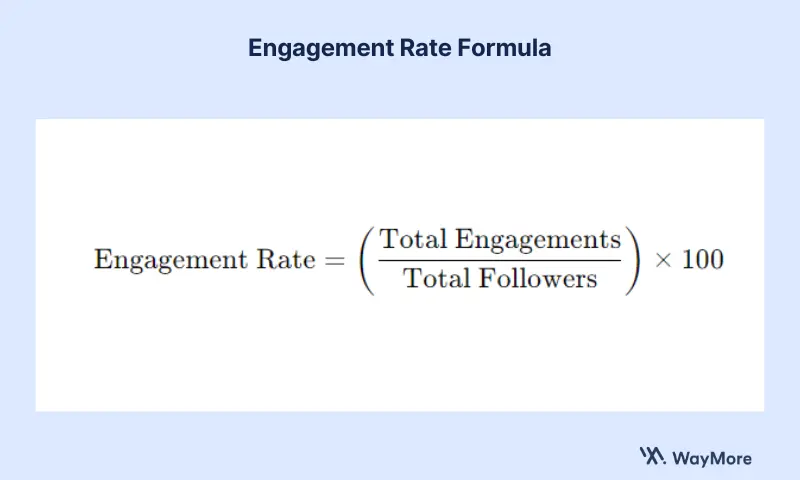
3. Click-Through Rate (CTR)
Click-through rate (CTR) is a metric that measures how often people click on a link in your post compared to how often the post is viewed. A higher CTR indicates that your call-to-action is effective. To calculate CTR, use the formula:
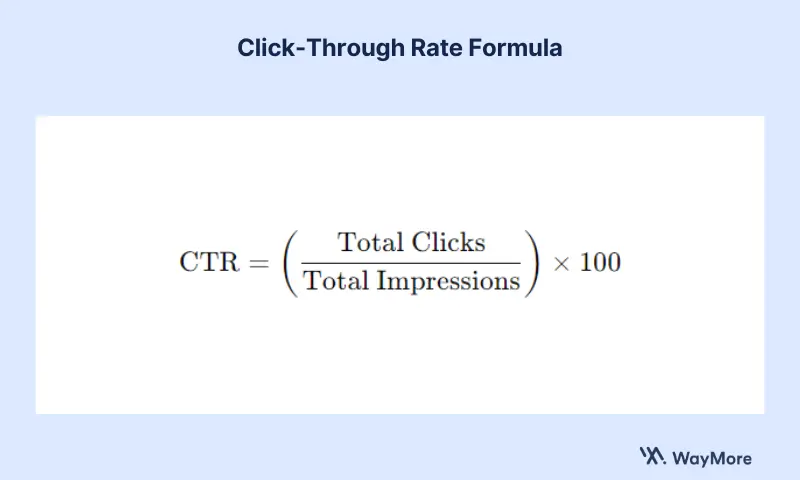
4. Conversion Rate
Conversion rate is another critical metric to measure social media success. It tracks the percentage of users who take a desired action after interacting with your content, such as making a purchase or signing up for a newsletter. This metric is essential for understanding how well your social media efforts are driving actual business outcomes. To calculate conversion rate, use the formula:
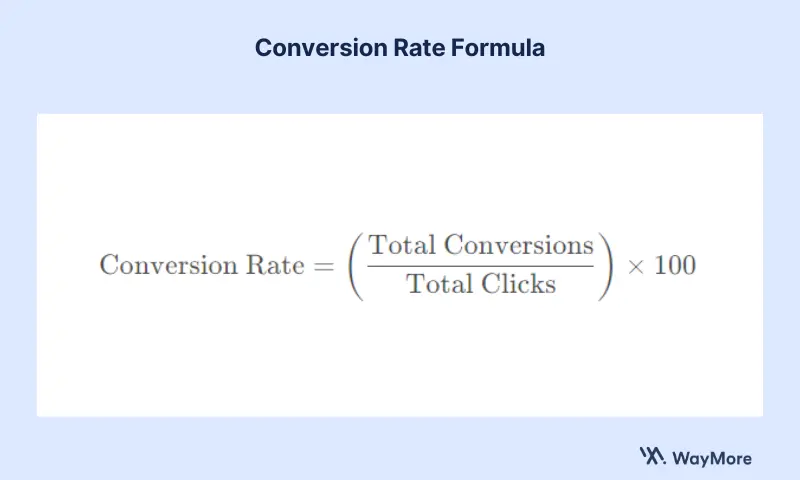
5. Follower Growth Rate
The follower growth rate helps you understand how quickly your social media audience is expanding. A steady increase in followers often indicates that your social media strategy is effective in attracting new audiences. To calculate follower growth rate, use the formula:
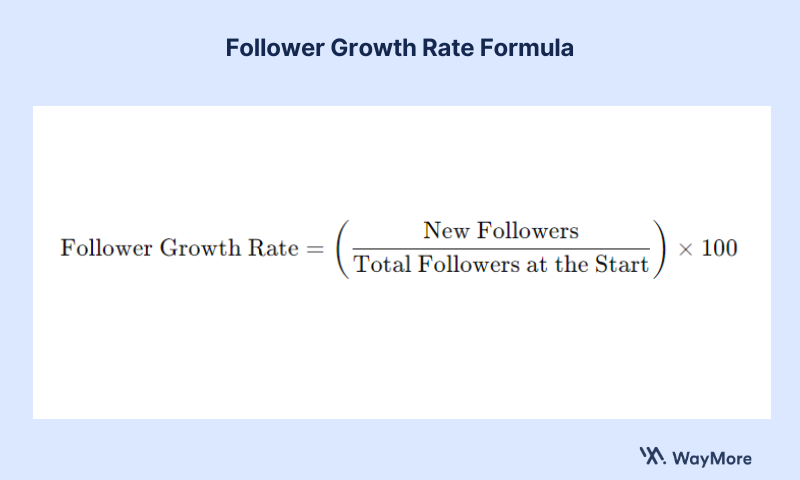
Tracking Social Media Performance
To measure social media success effectively, you need to track social media performance regularly. This involves monitoring the key metrics mentioned above and analyzing trends over time. Here’s how you can track social media performance:
Use Social Media Analytics Tools
Social media analytics tools, like WayMore, can simplify the process of tracking social media performance in real time. These tools provide comprehensive reports and dashboards that highlight key metrics and trends. By using these tools, you can get a clearer picture of how well your social media strategy is performing.
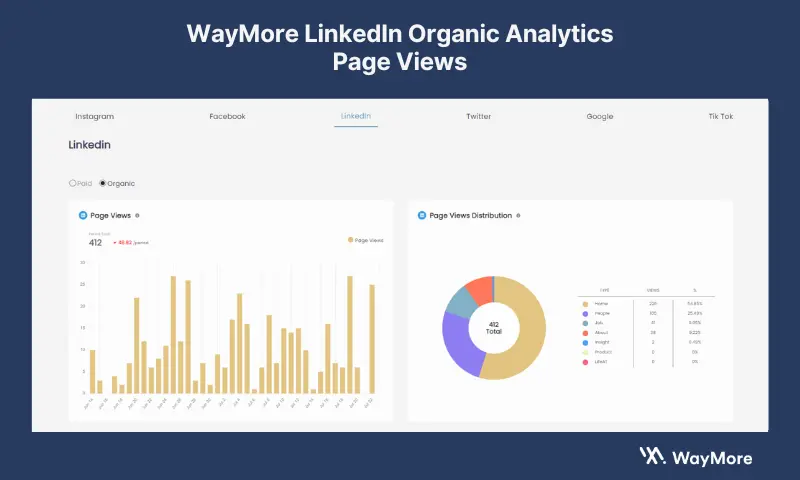
Set Clear Goals and KPIs
Before you start tracking social media performance, it’s essential to set clear goals and social media KPIs (Key Performance Indicators). These goals should align with your overall business objectives. Common KPIs include engagement rate, CTR, conversion rate, and follower growth rate. By setting specific KPIs, you can measure social media success more effectively and ensure that your efforts align with your business goals. For example, if increasing website traffic is a goal, track click-through rates (CTR) on your social media posts.
Regularly Review and Analyze Data
Regularly reviewing and analyzing data is crucial to measure social media success accurately. Look for patterns and trends in your metrics to understand what works and what doesn’t. Use this data to make informed decisions about your social media strategy. For example, if you notice that posts with certain types of content perform better, you can adjust your content strategy accordingly.
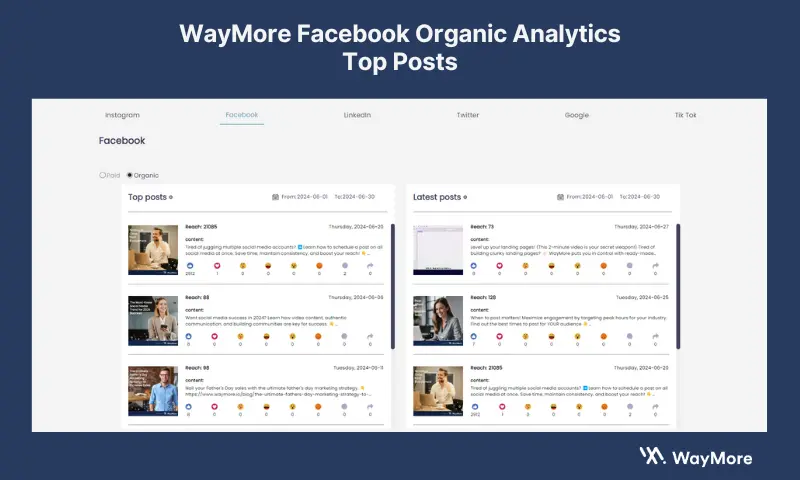
Measuring Social Media ROI
Social media ROI (Return on Investment) is a key aspect of measuring social media success. It involves evaluating the financial return on your social media investments. To measure social media ROI, compare the revenue generated from social media activities with the costs associated with those activities. This includes costs related to content creation, advertising, and tools. The formula for calculating social media ROI is:
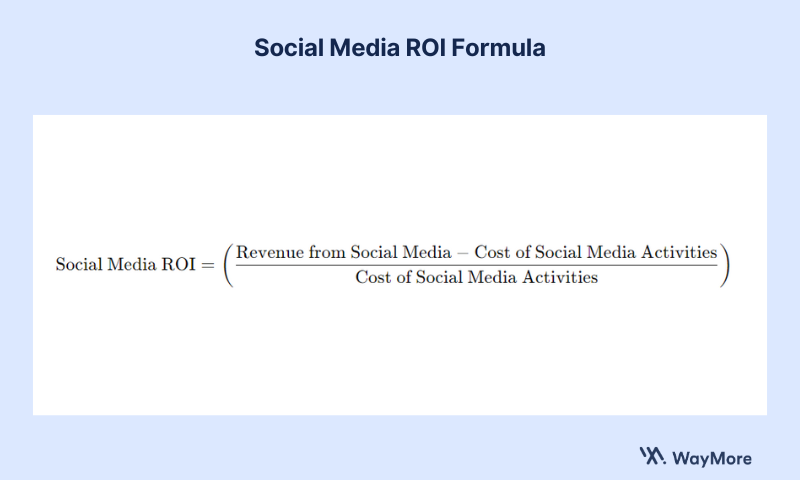
Evaluating Social Media Success
Evaluating social media success involves more than just tracking metrics. It requires a comprehensive analysis of how well your social media activities align with your business objectives. Here are some steps to evaluate social media success effectively:
Compare Performance Against Goals
Compare your social media performance against the goals and KPIs you set. Determine whether you are meeting, exceeding, or falling short of these targets. This comparison will help you assess whether your social media strategy is on the right track.
Assess the Impact on Business Objectives
Evaluate how social media success impacts your overall business objectives. For example, if your goal is to increase brand awareness, assess whether your social media activities have led to greater visibility and recognition. If your goal is to drive sales, analyze whether social media interactions are contributing to revenue growth.
Understanding how to measure social media impact is crucial in this step, as it helps connect your social media efforts with tangible business results.
Identify Areas for Improvement
Identify areas where your social media strategy can be improved. This may involve adjusting your content approach, experimenting with different types of posts, or exploring new social media platforms. Use the insights gained from tracking metrics and analyzing performance to make data-driven decisions.
Optimizing Social Media Strategy for Success
To ensure ongoing social media success, you need to optimize your social media strategy continually. Here are some tips to optimize your strategy based on the metrics and data you collect:
Focus on High-Performing Content
Analyze which types of content perform best and focus on creating more of that content. Whether it’s videos, infographics, or blog posts, prioritize content that resonates with your audience and drives engagement.
Adjust Posting Schedules
Review your posting schedules and adjust them based on when your audience is most active. Posting at optimal times can increase visibility and engagement.
Experiment with New Strategies
Don’t be afraid to experiment with new social media strategies and tactics. Testing different approaches can help you discover what works best for your audience and improve your overall social media performance.
Engage with Your Audience
Engage with your audience by responding to comments, participating in conversations, and addressing feedback. Building a strong relationship with your audience can enhance brand loyalty and drive better results.
Stay Updated with Trends
Stay informed about the latest social media trends and changes in algorithms. Keeping up with industry trends can help you adapt your strategy and stay ahead of the competition.
These are just a few examples to get you started. Remember, the possibilities are endless!
Conclusion
Measuring social media success is crucial for businesses looking to optimize their online presence and achieve their marketing goals. By understanding and tracking key metrics, such as engagement rate, reach, impressions, CTR, and conversion rate, you can gain valuable insights into your social media performance.
Regularly reviewing and analyzing this data, combined with evaluating social media ROI and optimizing your strategy, will help you measure social media success effectively.
Implementing these practices will not only help you assess your current social media marketing efforts but also enable you to make informed decisions to enhance your strategy and drive better results.
In summary, to measure social media success, focus on key metrics, track social media performance, and continually optimize your approach. By doing so, you will be better equipped to achieve your business objectives and maximize the impact of your social media activities.
FAQs
Absolutely! While there are many social media metrics to consider, you can start by focusing on 5 key ones:
- Engagement Rate: This measures how well your audience interacts with your content (likes, comments, shares). A high rate indicates your content is resonating.
- Click-Through Rate (CTR): This shows how often people click on links in your posts. A high CTR suggests your call-to-action is effective.
- Conversion Rate: This tracks the percentage of users who take a desired action (purchase, sign-up) after clicking your links. It measures how well social media drives results.
- Reach: This tells you the number of unique users who see your content. It helps understand your audience size.
- Follower Growth Rate: This indicates how quickly your audience is expanding. A steady increase suggests your strategy attracts new followers.
Absolutely! There are many social media analytics tools available to simplify the process. One powerful option is WayMore, a comprehensive platform designed to help businesses measure and optimize their social media performance. WayMore offers real-time tracking, in-depth reporting, and actionable insights to help you understand your audience and improve your campaigns. With WayMore, you can easily monitor key metrics, identify trends, and make data-driven decisions to boost your social media success.
Here are some tips to boost engagement:
- Post consistently and at optimal times to reach your audience when they’re most active.
- Create high-quality content that resonates with your target audience, using engaging formats like videos or infographics.
- Ask questions and encourage interaction by responding to comments and participating in conversations.
- Run contests or giveaways to generate excitement and attract new followers.
By focusing on these strategies and tracking your progress with the key metrics, you can effectively measure your social media success and optimize your approach for better results.
Find out all the ways WayMore can help your brand grow. Book an appointment with our experts today!



